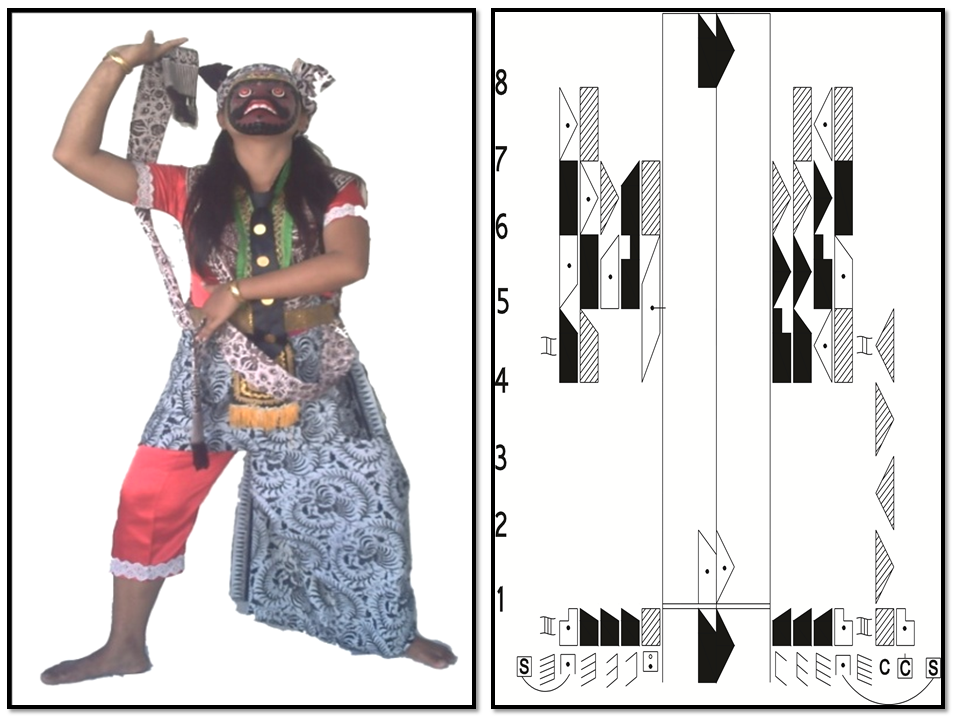Tari Topeng Klana Udeng from Indramayu: Laban Movement Analysis of the Pekandangan Style
DOI:
https://doi.org/10.24036/6tyxbh40Keywords:
characteristics, movements, Tari TopengKlana Udeng, Pekandangan style, Laban Movements AnalysisAbstract
This study aims to conduct an in-depth analysis of the movement characteristics of the Tari Topeng Klana Udeng in Pekandangan style, which serves as a distinct cultural identity of Indramayu's mask dance. This dance possesses unique features that differentiate it from mask dance styles in other regions, making it a crucial subject for documentation and understanding. The research employs an ethnographic method to grasp the sociocultural context of the dance, along with an ethnochoreological approach to analyze the function and meaning of its movements within the community. To systematically and meticulously analyze the movements, this study utilizes the Laban Movement Analysis (LMA) framework, with a specific emphasis on Effort and Shape. This approach allows for the identification of the dynamic qualities and spatial patterns that form the core of the dance. Furthermore, the research includes dance notation as a method for comprehensive visual documentation. The findings are expected to contribute significantly to the documentation, recording, and description of Indramayu's traditional dance movements, while also enriching academic understanding of the unique characteristics of the Tari T Klana Udeng in Pekandangan style.

Downloads
Published
Issue
Section
License
Copyright (c) 2025 Farah Nurul Azizah, Desya Noviansya Suherman, Nunung Nurasih (Author)

This work is licensed under a Creative Commons Attribution-NonCommercial-ShareAlike 4.0 International License.





